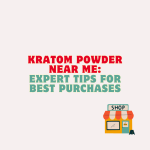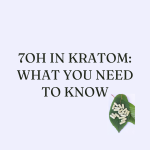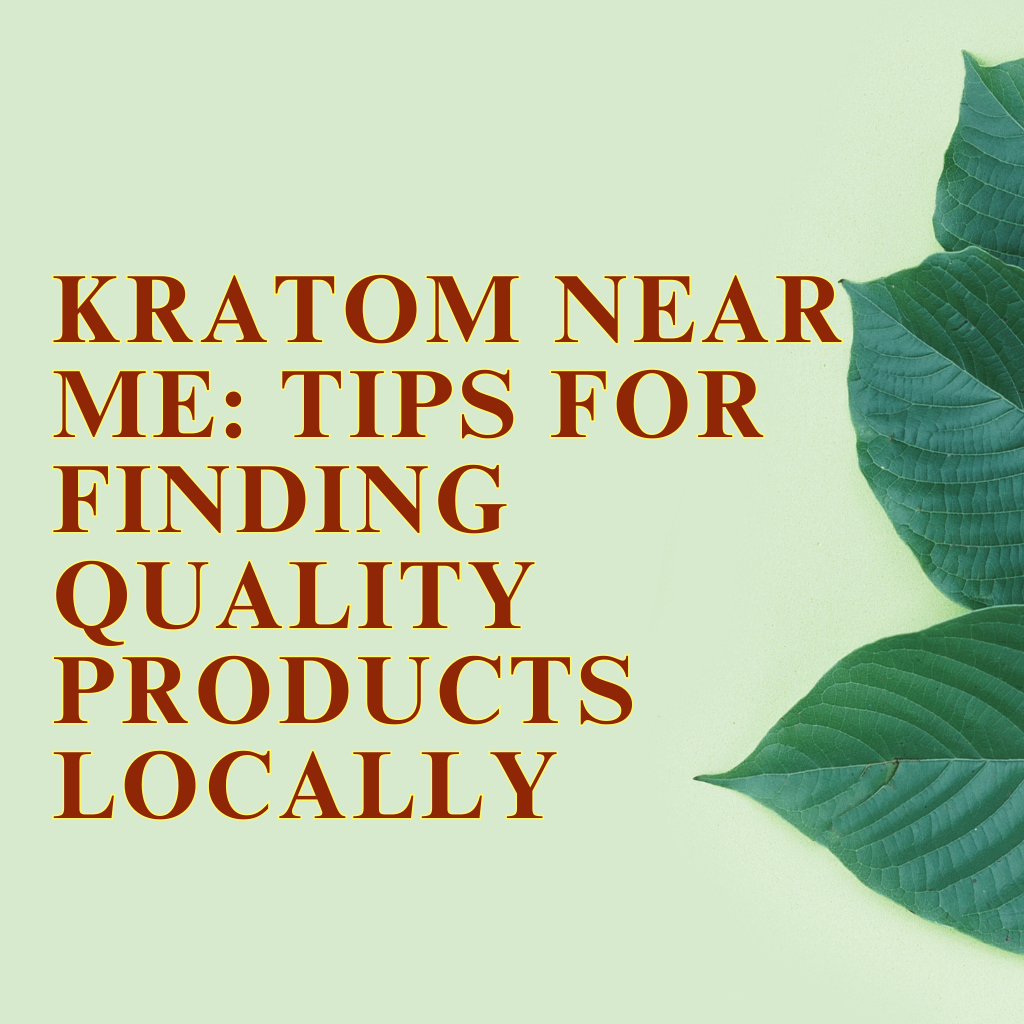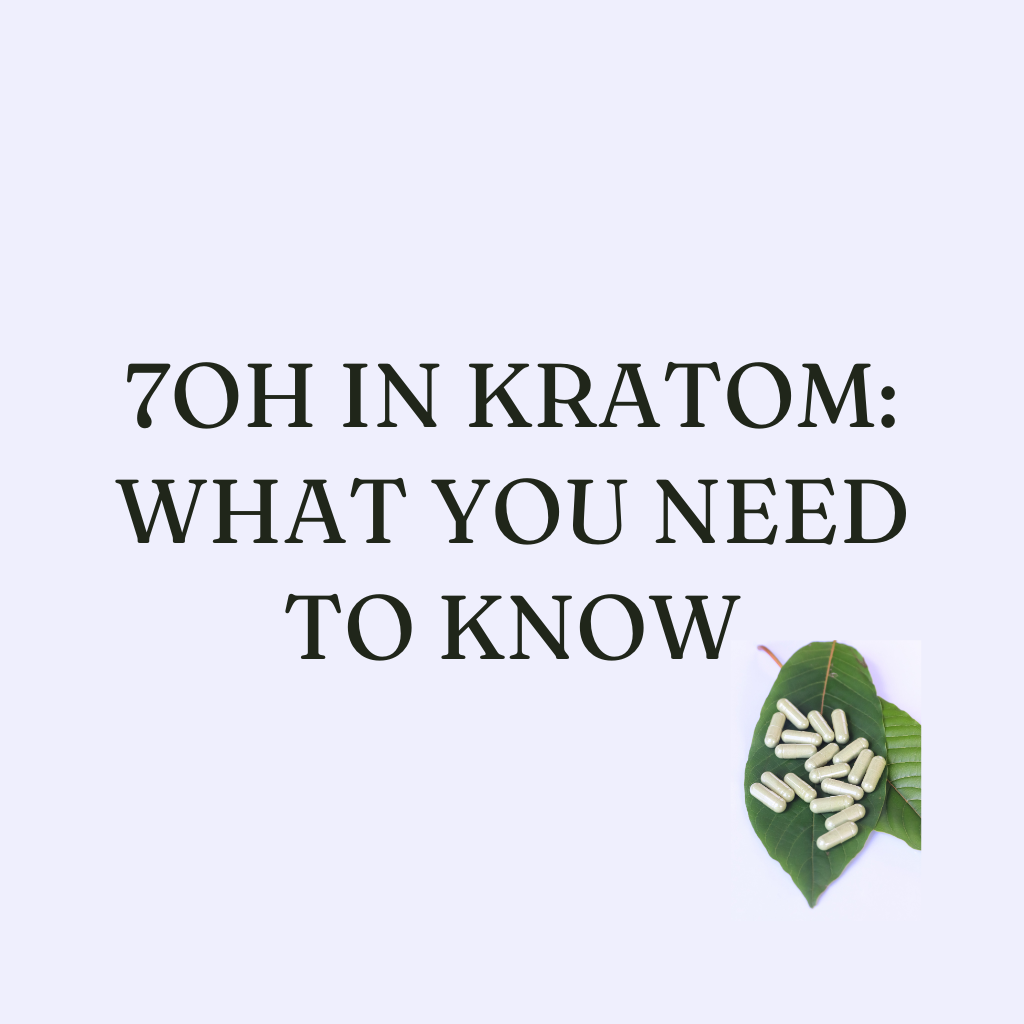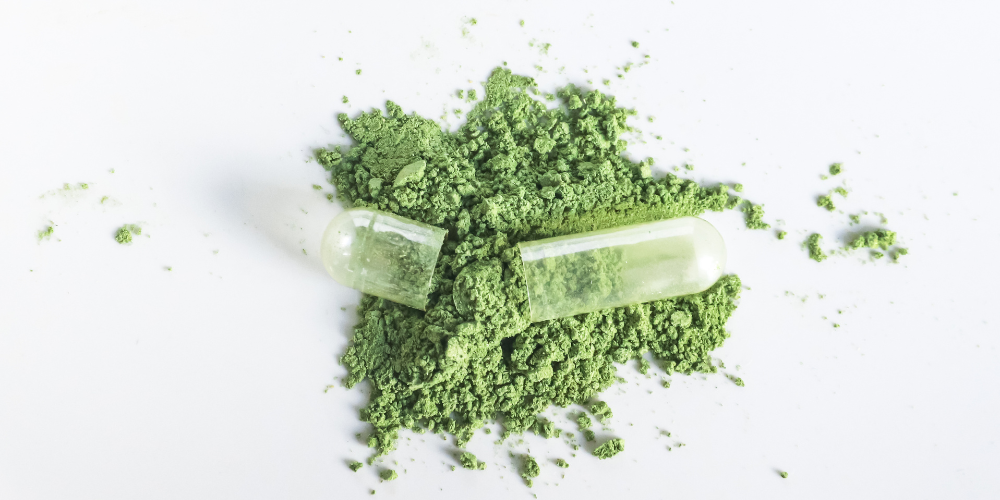
Free Shipping on Orders Over $75!
JOIN OUR EMAIL LIST FOR 20% OFF, weekly coupons up to 30% OFF
Kratom High: Everything You Need to Know

If you’ve heard of kratom, chances are it has been in a botanical context. You may not even have realized that there’s also a kratom high associated with this beneficial herb.
Every strain of kratom has different effects. Euphoric effects and feelings of being high are primarily associated with red strains. They’re also more prevalent when users take larger doses of kratom. To date, no rigorous scientific studies have evaluated the psychoactive effects of kratom. There is, however, plenty of anecdotal evidence to back up kratom’s value as a recreational herb.
Looking for pleasant but not overwhelming stimulation, sedation, euphoria, and general intoxication, but don’t want to risk using drugs? You can read on to find out everything you need to know about what to expect from a kratom high.
Does Kratom Get You High?
The majority of kratom users take the plant to help manage problems such as chronic discomfort or stress. Some former drug addicts also have kratom to thank for helping them through withdrawal symptoms. A minority of kratom users take the herb to get high, but it does have natural recreational appeal. In other words: it gets you high.
If you’ve never taken kratom before, that could be either cause for celebration or alarm. Don’t get too worked up yet. Since every strain of kratom has a unique alkaloid profile, not all of them create a sense of euphoria. Strains that are high in mitragynine can provide more intense effects, for example. You’ll also need to take larger doses of kratom to get high than you would manage stress or discomfort.
While everyone’s experience is a little different, most describe the high from kratom as consisting of:
Full-body relaxation
Mental calm
Increased clarity
Increased emotional well-being
Sensory enhancement
Increased empathy
Kratom Get You High Like Opiates?
There’s a lot of confusion surrounding the relationship between kratom and traditional opiates. The FDA and the media have done little to clear up that confusion. If anything, they have been stoking it by claiming that kratom is “the new opiate” when that is not the case.
While kratom binds to the opioid receptors in your brain, it is not a traditional opiate. It’s less addictive than pharmaceutical opiates and street drugs, and there have been no credible cases of fatal overdose. Many genuine opiate addicts have even used kratom to kick their more damaging habits.
According to some kratom users who switched from more dangerous pharmaceutical opiates, the high is similar. Around 30% of users experience what they call well-being that extends into euphoria. Many describe the effect as being similar to the high provided by opiates but less intense.
How Much Kratom Do You Need to Get High?
If you’ve done any research into kratom dosing, you know that you’re supposed to start slow. Those who use kratom as a wellness herb typically take one to three grams of kratom powder. It takes more than that to get high on kratom. Taking higher doses can create a problematic situation since taking more kratom also makes you more prone to experiencing adverse side effects.
As with any mind-altering substance, you should still start slow with kratom. It might mean you’ll need to take it a few times as you increase your dose to get maximum psychoactive effects. It’s worth the trade-off to avoid the side effects of a kratom overdose. If you want to get the most from your kratom experience, use it on an empty stomach.
Kratom Powder High
The easiest way to get high with kratom is to use kratom powder. The powder is made from the dried and powdered leaves of the Mitragyna speciosa tree. You need to make sure you buy your kratom powder from a reputable vendor like Kratom Krush that lab tests its products. If you buy from black-market vendors, there may be impurities in your kratom.
There are a few ways you can use kratom powder. Most recreational users employ the “toss-and-wash” method. They measure out a dose, put the powder in their mouths, and wash it down with water. Toss-and-wash is the best method for taking kratom if you want to maintain its potency. You can also brew the powder into kratom tea or add it to your favorite warm or cold drink.
Kratom Capsules High
Getting high using kratom capsules is a little harder. The capsules contain minimal amounts of kratom, so you’ll need to take a lot of them. You’ll also need to digest the capsules before you feel any effects. Those effects might also be milder due to lower bioavailability associated with capsules vs. powder.
Kratom High Effects
The effects of a kratom high will vary based on your dose and what strain you choose. That means, for example, the Red Thai kratom effects are quite different from those associated with White Sumatra kratom.
The most euphoric strains of kratom are typically red strains. White strains offer more mental and physical stimulation but less of a body high. Green strains usually fall somewhere in between. Before trying new strains, make sure you read some kratom reviews to see what to expect. The Erowid Experience Vaults are an excellent place to start.
If you’re looking for a classic, opiate-like euphoria, try:
- Red Bali
- Red Thai
- Red Kali
- Red Maeng Da
Not everyone is looking for an opiate-like euphoria. If you’re more into a balanced high that offers both mental stimulation and a pleasant sense of dissociation, try a white or green strain. Green Malay, White Indo, Green Maeng Da, and White Borneo are all excellent options. They produce more dissociation, energy, and sense of social connection than red strains.
How to Come Down From a Kratom High
The severity of your come-downs from kratom can vary depending on your dose and how often you use kratom. If you use it frequently, you can develop a tolerance. You’ll need higher doses to get the same results. Continue along this road for a while, and you can eventually develop a kratom dependency. While kratom isn’t as addictive as actual opiates, you can experience withdrawal symptoms.
Long-term, chronic kratom users can experience both physical and psychological withdrawal. If you’ve been using many kratoms, then quit cold-turkey, you might experience stomach upset, including nausea, vomiting, diarrhea, and cramps.
You may also notice muscle aches, hot flashes, and changes in your heart rate. Psychological symptoms of kratom withdrawal include mood changes, worsening of depression or anxiety, and insomnia. Severe withdrawal symptoms like fever and seizures are rare.
If you’ve been using kratom less than three times per day, you shouldn’t experience any significant withdrawal symptoms. Any come-down you do have should last for 12 to 24 hours. For chronic kratom users, withdrawal symptoms can last three to ten days.
How to Ease the Come-Down
If you’re experiencing kratom withdrawal symptoms, don’t panic. They’re not life-threatening, and you should be able to manage them at home. Try taking over-the-counter pain relievers for muscle aches and fever or antidiarrheals and antiemetics to handle stomach upset. You should also make a point of staying hydrated and getting plenty of rest.
The main thing is to keep yourself distracted from your symptoms. Try using relaxation techniques to help you with the anxiety and reduce problems with insomnia. You can also call up a friend or family member who has been through a kratom come-down for some extra distraction. Engaging in fun activities like watching a favorite movie or playing video games can also help.
Tapering Your Dose
If you’ve been using more than 15 grams of kratom per day, you might not want to quit cold-turkey. Instead, try tapering down your dose. You can do that by removing .5g from each dose of kratom for as long as necessary until you can quit.
Find the Best Kratom Online
If you’re looking for the best kratom high, you’re in luck. Kratom Krush offers a wide variety of strains, many of which have unique psychoactive effects. We also provide third party analytical lab testing, ensuring you don’t have to worry about potential contaminants.
Did like a post? Share it with:
nimesh
Search
Table of Index
Post Categories
Related Posts
Where to buy kratom near me is a question that many users find themselves asking when looking for quality products
Finding the best Kratom Powder near me can feel difficult with so many options available locally. But steering through stores
Are you one of those scrolling on the internet for ‘7ALKS near me’? Are you looking for 7ALKS, 7-Hydroxy 15mg
7OH, or 7 hydroxymitragynine, is a significant alkaloid found in kratom that plays a crucial role in its effects. This
Curious about 7OH kratom? You’re not alone. As more people explore different botanical products, 7 hydroxymitragynine (7OH) has emerged as
Have you ever accidentally over-consumed kratom and experienced a hangover? Well, the good news is they’re easily avoidable. A kratom
Disclaimer
Must be 21 years or older to purchase kratom. Products are not for internal use. The US FDA Has Not Approved Kratom as a Dietary Supplement. We do not ship to the following states, cities and counties in the US where Kratom is banned Alabama, Arkansas, Indiana, Rhode Island, Tennessee, Vermont, Wisconsin. Sarasota County, Union County, Denver, San Diego. All sales should be 100% U.S. sales only.
Consult with a medical professional before use if taking prescription medication or affected by a serious medical condition. Always seek medical advice before using this or any other supplemental dietary product. These statements have not been evaluated by the Food and Drug Administration (FDA).
© 2025 Kratom Krush. All Rights Reserved. Operated by XXIV LLC Privacy PolicyTerms & Conditions


